There’s something deeply reassuring about a warm bowl of homemade chicken soup. Whether it’s flu season or just a brisk evening, this comforting classic brings back memories of family kitchens and cozy conversations. Made with simple ingredients and time-honored techniques, this version avoids pork and alcohol while delivering rich flavor and heartwarming goodness. If you’re searching for a chicken soup recipe that’s both traditional and wholesome, you’re in the right place. This article guides you through every step from creating your own broth to finishing with fresh herbs making sure your homemade chicken soup is unforgettable.
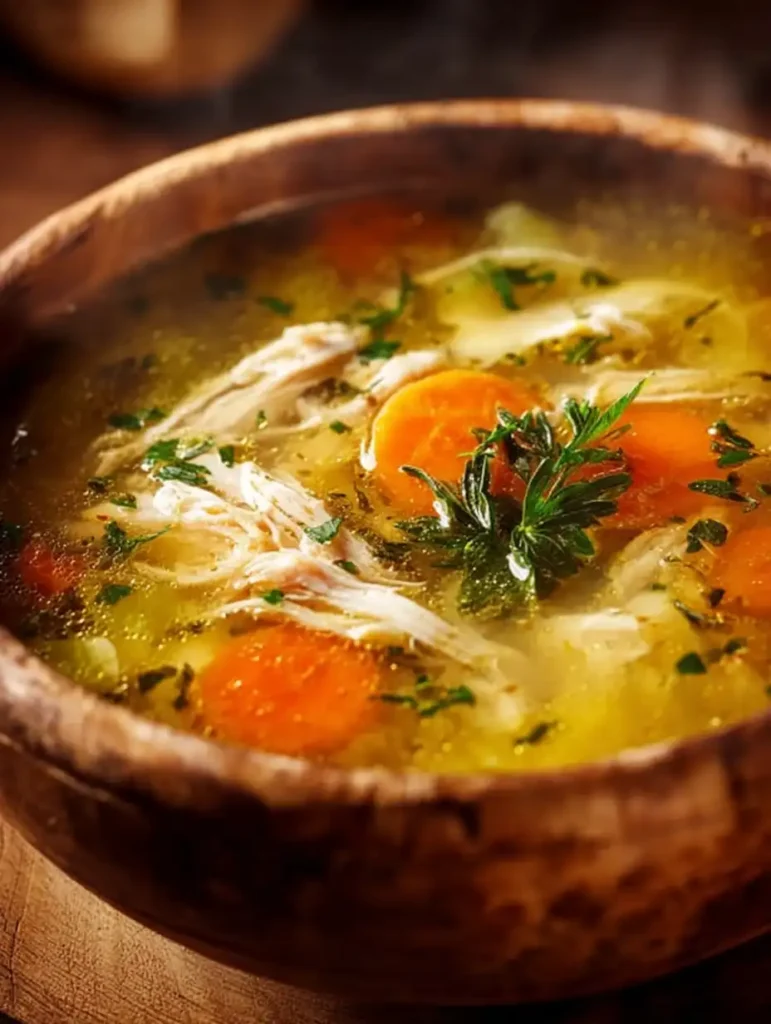
The Heartwarming Origins of Homemade Chicken Soup
A Family Tradition Passed Down in a Pot
Whenever someone in my family came down with the sniffles, it wasn’t a trip to the doctor that came first it was a pot of homemade chicken soup bubbling on the stove. My grandmother didn’t follow recipes; she followed instinct. There was no talk of teaspoons or timers, just the sound of the ladle clinking against the pot and the aroma of garlic, thyme, and onion wafting through the house.
I remember one icy winter evening snow stacked outside like frosting when I curled up under a blanket, too tired to talk. The smell of that soup brought more comfort than any medication ever could. It was a recipe built not just on ingredients, but on care.
That’s the essence of this homemade chicken soup recipe. Using a whole chicken builds a deeply flavored broth, something no canned version can imitate. The process itself feels almost therapeutic cutting vegetables, skimming the broth, watching the flavors come together. It’s more than just food; it’s a form of connection.
Why Homemade Chicken Soup Never Goes Out of Style
Homemade chicken soup has held its place in American kitchens for generations and for good reason. It’s economical, nutritious, and adaptable. Whether you’re feeding a crowd or making a week’s worth of meals for one, this soup fits the bill. And it does all that without requiring fancy tools or hard-to-find ingredients.
Using classic aromatics like onions, garlic, carrots, and celery, and seasoning with thyme and bay leaf, you create a deeply satisfying flavor that builds over time. The broth becomes the star of the show and rightfully so. What begins as a simple pot of water and chicken turns into a golden, savory liquid that soothes from the inside out.
Best of all, this homemade chicken soup honors both tradition and dietary needs. It contains no pork, no alcohol just clean, comforting ingredients prepared with intention.
Looking to expand your repertoire of simple yet satisfying comfort food? Check out our Easy One-Pot Chicken Dinners guide that walks you through more cozy classics.
Building Flavor From Scratch in Your Chicken Soup
How to Build the Perfect Base for Chicken Soup
The foundation of any memorable homemade chicken soup lies in the broth. Starting with a whole chicken may take a little more effort than tossing in boneless cuts, but the payoff in flavor is tremendous. As the chicken simmers gently in 12 cups of water, its bones release nutrients and richness that can’t be replicated with shortcuts.
Begin by placing the chicken in a large stockpot, making sure the water fully covers it. Bring it to a gentle boil, then immediately lower the heat and skim off any foam that rises to the top. This simple act ensures a clean, clear broth a detail that elevates the final dish in both taste and appearance.
As the broth simmers, it naturally draws out the depth from the chicken, slowly transforming the water into something golden, savory, and soul-satisfying. This is also the perfect time to introduce aromatics like bay leaf and dried thyme. These herbs quietly infuse the liquid with earthy, herbal notes that support, rather than overpower, the main ingredients.
If you’ve ever felt let down by bland soup, it’s usually the broth to blame. Investing time at this stage is what transforms ordinary into extraordinary.
Want to dive deeper into broth building? Don’t miss our detailed tips in the Beginner’s Guide to Bone Broth where we share methods to get even more from your kitchen staples.
Vegetables, Herbs & Flavor Balance
Once your chicken has simmered for about 30 minutes, it’s time to introduce the flavor-building team: chopped carrots, sliced celery, diced onions, and minced garlic. These ingredients not only add texture and color, but also form the soup’s aromatic backbone.
The balance here matters. Carrots bring a hint of sweetness, celery offers depth, onion builds body, and garlic delivers gentle sharpness. Combined with thyme and bay leaf, they transform your broth into something truly special.
Seasoning is where your personal touch comes in. Start with a light hand on salt and pepper you can always adjust later. Stir gently and let everything simmer together for about an hour more. By then, the vegetables soften just enough, and the chicken turns fork-tender, practically falling off the bone.
The beauty of this method is that you’re not relying on store-bought shortcuts or bouillon cubes full of additives. You’re crafting flavor the old-fashioned way layer by layer, minute by minute.
Need inspiration for another rich, flavor-forward comfort meal? Our Cozy Fall Soups to Make This Weekend article is filled with ideas that use similar techniques for deep, comforting flavor.
Cooking, Shredding & Noodles for the Perfect Bite
Shredding Chicken Like a Pro (No Waste Tips)
After about 90 minutes of gentle simmering, your chicken should be perfectly cooked tender, juicy, and ready to fall apart. Using tongs, carefully remove it from the pot and place it on a cutting board to cool for a few minutes. This resting time is essential it allows the juices to settle, making the meat easier to handle.
Once it’s cool enough, begin shredding the chicken by hand or with two forks. Focus on bite-sized pieces too small and they’ll disappear into the soup, too large and they’ll overwhelm each spoonful. Set aside the skin and bones, but don’t toss them. You can freeze them for making a deeper, more concentrated broth later on.
The goal here is to keep the soup hearty but not heavy. Shredded chicken disperses evenly, ensuring that every spoon delivers both protein and flavor. Stir the shredded meat back into the pot and let it mingle with the broth and vegetables it’s at this point your soup truly comes alive.
Do Egg Noodles Make It Better? Options for Every Diet
If you want to add egg noodles, now’s the time. After returning the chicken to the pot, bring your soup to a gentle simmer and add about 2 cups of uncooked egg noodles. Cook for 6 to 8 minutes, or until just tender. The noodles soak up some of the broth and become infused with savory flavor.
Prefer gluten-free or grain-free? No problem. You can substitute egg noodles with rice, quinoa, gluten-free pasta, or even zucchini spirals for a low-carb version. Just adjust the simmering time accordingly different starches absorb liquid at different rates.
This flexibility makes homemade chicken soup a friendly choice for nearly every dietary need. Just be sure to taste before serving and make final seasoning adjustments noodle starch can absorb salt, so a final pinch may be needed.
Serve, Store, and Make It Yours
Finishing Touches: From Garnish to Table
Your soup is ready but the small details at the end can turn it from good to truly memorable. Once the noodles (if using) are perfectly cooked and the chicken is heated through, it’s time for a taste test. Add a final dash of salt or black pepper if needed this is where you personalize the flavor to your liking.
For garnish, a handful of freshly chopped parsley adds a pop of color and brightness that balances the richness of the broth. Want a bit of zing? A squeeze of fresh lemon or a pinch of red pepper flakes works wonders without overpowering the dish.
Presentation matters too. Ladle the soup into wide bowls to showcase the ingredients. Serve it with a thick slice of crusty bread, gluten-free crackers, or simply on its own. The beauty of homemade chicken soup is that it never needs much to shine it speaks for itself.
Smart Storage & Freezing Hacks
Homemade chicken soup isn’t just a one-meal wonder. With the right storage, it becomes tomorrow’s lunch, a weeknight dinner, or even a comforting frozen option for a rainy day.
Let your soup cool completely before storing. Use airtight containers to refrigerate for up to five days. For freezing, portion it into freezer-safe containers or silicone molds for individual servings. Be sure to leave space at the top, as the soup will expand as it freezes.
Avoid freezing the noodles if you can they tend to get mushy upon reheating. Instead, freeze the broth, chicken, and vegetables, then add fresh noodles when you reheat.
Label everything with the date and contents so you can grab it quickly when the craving hits. Properly stored, homemade chicken soup keeps well in the freezer for up to three months without losing its flavor or texture.
For more tips on storing meals like a pro, don’t miss our guide: How to Meal Prep Like a Chef perfect for planning delicious, homemade meals with zero stress.
PrintHomemade Chicken Soup: Classic Comfort for the Soul
A comforting, from-scratch chicken soup made with a whole chicken, aromatic vegetables, and herbs—perfect for cozy nights or soothing meals.
- Prep Time: 15 minutes
- Cook Time: 1 hour 15 minutes
- Total Time: 1 hour 30 minutes
- Yield: 8 servings
- Category: Soup
- Method: Stovetop
- Cuisine: American
Ingredients
1 whole chicken (4–5 lbs)
12 cups of water
3 carrots, sliced
3 celery stalks, chopped
1 onion, diced
4 garlic cloves, minced
1 bay leaf
1 tsp dried thyme
Salt and pepper to taste
2 cups egg noodles (optional)
Fresh parsley for garnish
Instructions
1. Place whole chicken in large pot and add water.
2. Bring to boil, reduce heat, skim off foam.
3. Add carrots, celery, onion, garlic, bay leaf, and thyme. Season.
4. Simmer for 1 hour until chicken is tender.
5. Remove chicken, shred meat, discard bones and skin.
6. Return chicken to pot. Add egg noodles if using; simmer 6–8 minutes.
7. Taste and adjust seasoning.
8. Serve hot, garnished with fresh parsley.
Notes
To make it gluten-free, use rice or GF noodles.
Soup can be frozen (without noodles) for up to 3 months.
Avoid overcooking noodles to prevent mushiness when reheating.
Nutrition
- Serving Size: 1 bowl
- Calories: 300
- Sugar: 5g
- Sodium: 650mg
- Fat: 12g
- Saturated Fat: 3g
- Unsaturated Fat: 8g
- Trans Fat: 0g
- Carbohydrates: 20g
- Fiber: 2g
- Protein: 25g
- Cholesterol: 75mg
FAQs
Can I use chicken breasts instead of a whole chicken?
Yes, you can use chicken breasts, but you’ll sacrifice some of the depth that comes from simmering a whole bird with bones and skin. If you’re short on time, boneless, skinless chicken breasts will work but consider using bone-in thighs or adding a few wings for extra richness.
How do I make chicken soup richer in flavor?
Let it simmer low and slow. Skim impurities, use fresh herbs, and sauté your vegetables briefly before adding them. Adding a splash of lemon juice at the end brightens flavor, while simmering with the lid slightly ajar concentrates the broth.
What can I use instead of egg noodles?
You can swap egg noodles for rice, barley, quinoa, or gluten-free pasta. Just be sure to adjust cooking times accordingly. Want low-carb? Zucchini noodles or cauliflower rice are fantastic alternatives.
How long does homemade chicken soup last in the fridge?
Homemade chicken soup keeps well in an airtight container for up to 5 days in the refrigerator. For longer storage, freeze it (without noodles) for up to 3 months. Reheat on the stove for best texture.
Conclusion
Homemade chicken soup is more than a dish it’s a ritual, a remedy, and a return to simple pleasures. It reminds us that with just a pot, a few honest ingredients, and some time, we can create something nourishing for both body and spirit. This recipe isn’t just about following steps it’s about reconnecting with the heart of comfort cooking.
From its deeply flavored broth to its tender chicken and aromatic herbs, every spoonful delivers warmth and satisfaction. And with storage tips and flexible ingredient swaps, this classic becomes a go-to for any season.
So the next time you’re craving something that feels like home, skip the store-bought can. Make your own. Your kitchen, and your heart, will thank you.





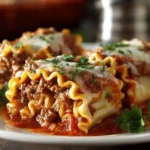

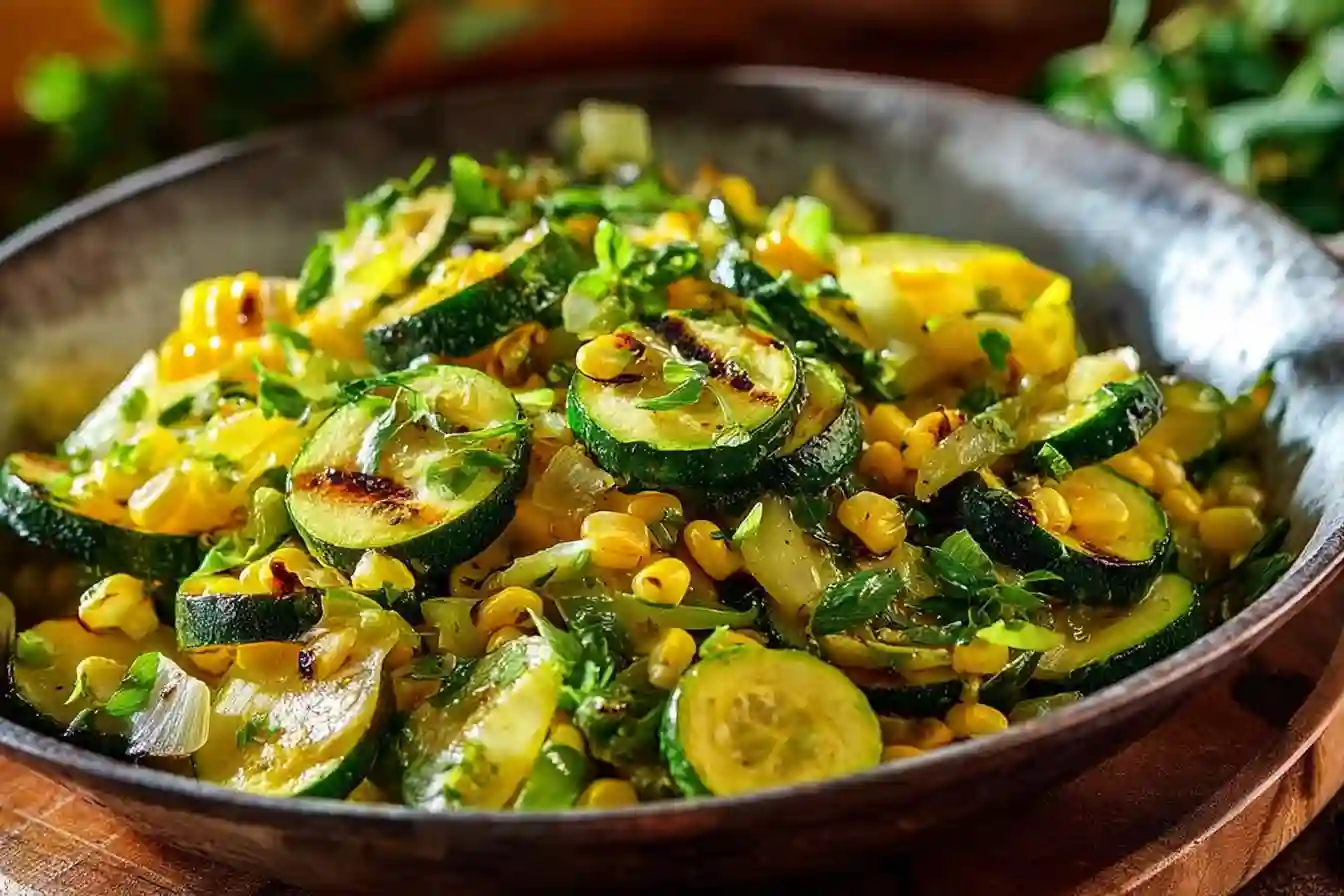
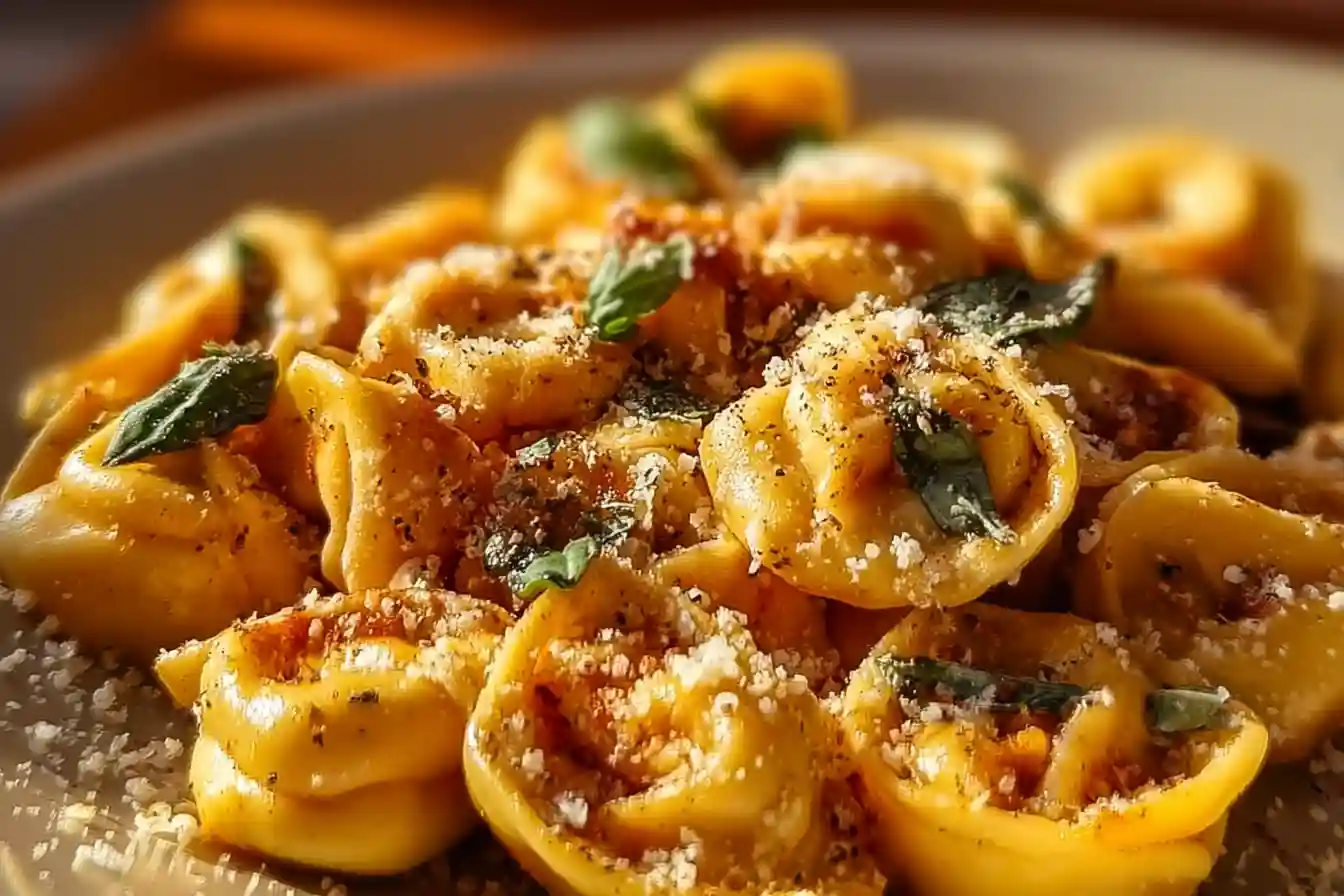
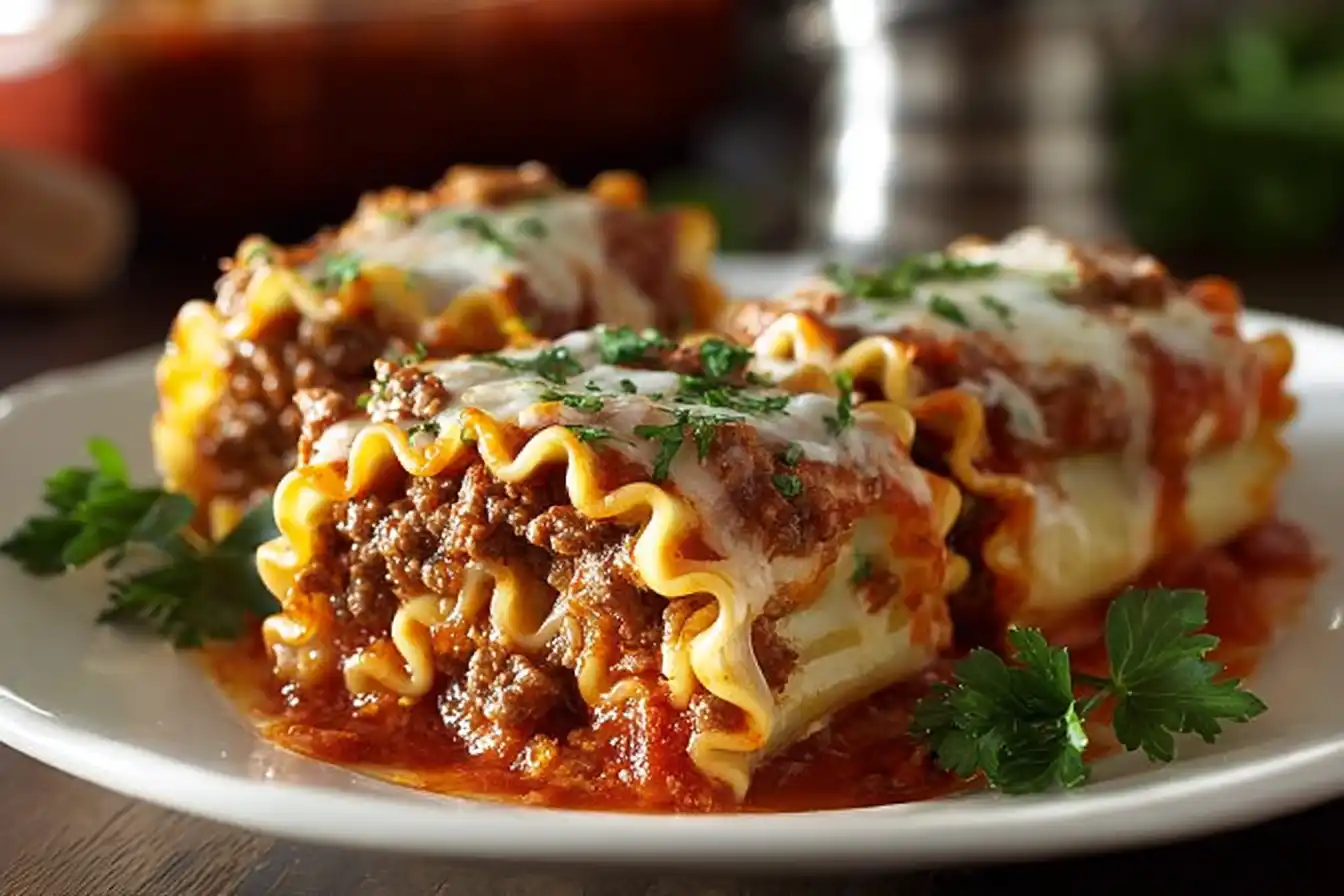
Leave a Reply